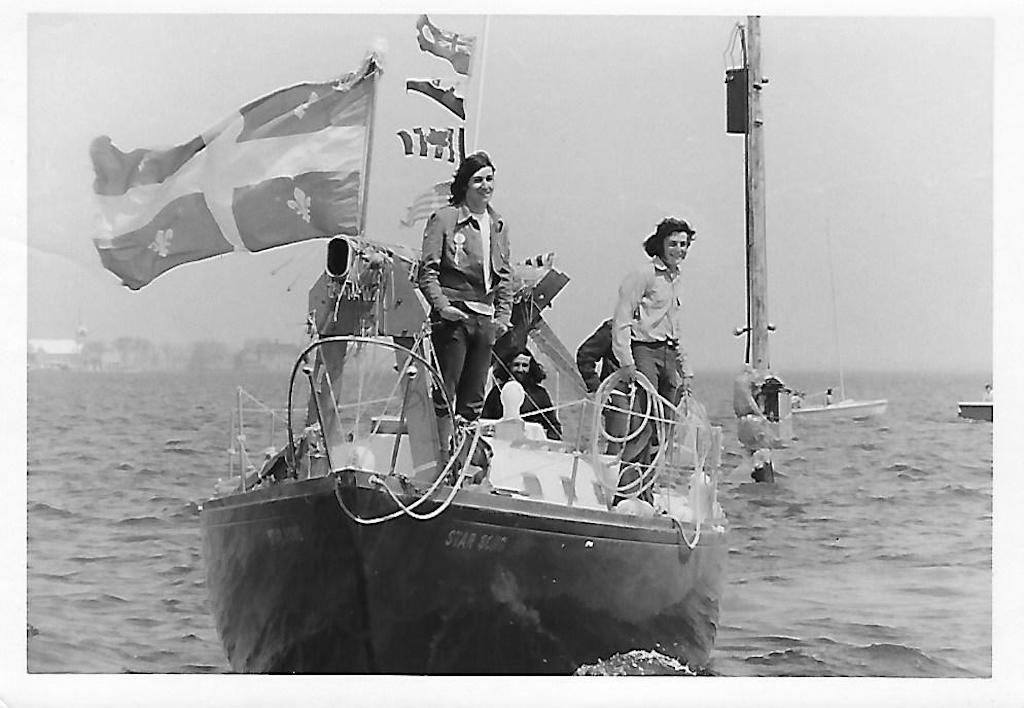In 1971, two friends sailed from Lord Reading Yacht Club to the Bahamas on an eight-month odyssey that transformed each of them and remains vivid in their memories.
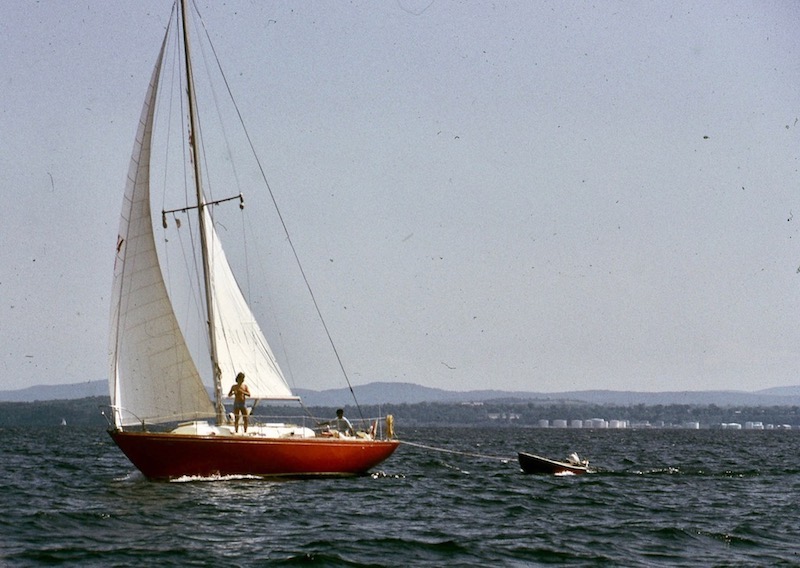
May, 1972: As they sailed into the harbour at Lord Reading Yacht Club, Albert Eskenazi and Alvin Croll were keenly aware that they had just experienced the adventure of a lifetime. Eight months before, they had left the same harbour to begin sailing 1,800 nautical miles to the Bahamas. It was a trip that would see them navigating difficult waters, and safely guiding their boat through dangers.
As friends and family welcomed them ashore at Lord Reading in Beaconsfield, each man felt deflated. “Getting home was an anticlimax. In some ways, it was just another port and we’d gone from port to port all winter,” Albert recalled. “And it was sad, in a way,” Alvin agreed. “This was one of the most amazing times of my life, a wonderful experience that was now over.”
Fifty years later—the eight-month odyssey still vivid in their memories—Albert and Alvin met with West Island Home & Life to recount their voyage.
The plan to sail to the Bahamas and spend a winter island-hopping began in 1971 when the two friends were students at McGill University. Albert, who had grown up sailing, would skipper his family’s 36-foot-long sailboat, and Alvin would crew. The plan was to leave Lord Reading in September, 1971 before the cold set in and return the following May, once the ice had cleared. They would spend the winter living on the boat—called Star Song—and visiting the Bahama islands. And because they were students, they’d be frugal. “I kept a captain’s log—a kind of diary that I still have—which told us that our daily expenses for food and gasoline averaged out to $4.20 per day,” Albert said. “In total, the trip cost $2,000 for the two of us.”
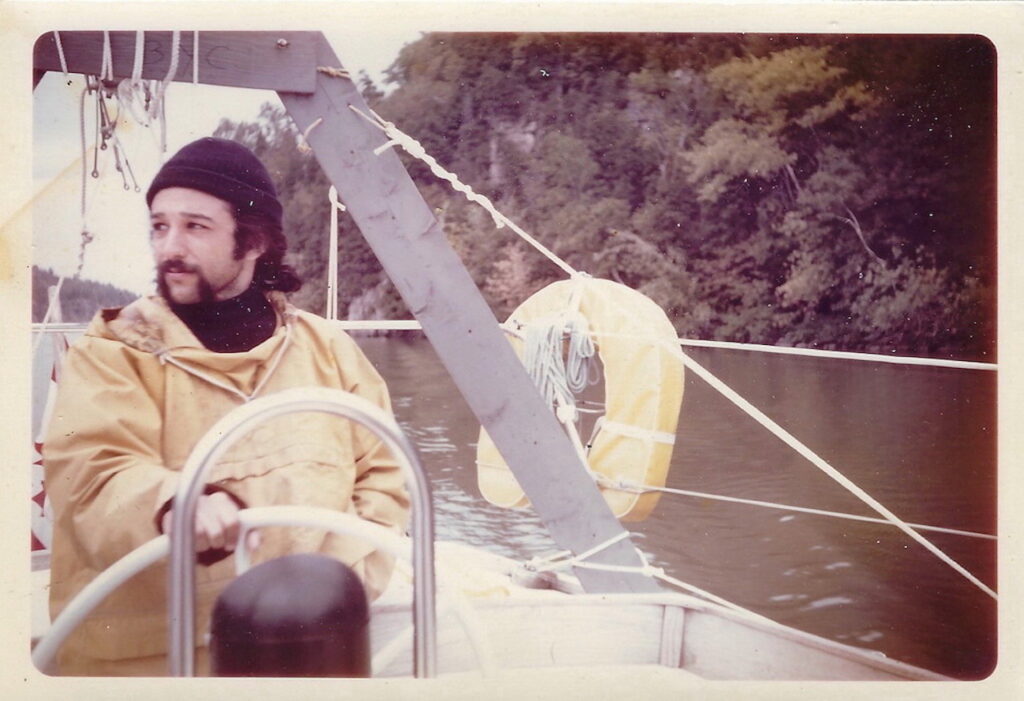
The voyage would take them across Lake St. Louis to the St. Lawrence before they took what Albert calls “a right turn up the Richelieu River at Sorel,” along the Chambly Canal, down the length of Lake Champlain, through the Champlain Canal, and down the Hudson River to the Atlantic. They kept the boat’s mast horizontal on the deck to pass under the low-clearance bridges spanning the canals. “Because we couldn’t fly our sails without the mast, we motored to Albany, New York and looked for a marina where we could step the mast,” Alvin said.
They visited various marinas. Some lacked a suitable crane to hoist the mast, and one would have charged the exorbitant sum of $65US, which was unaffordable.
They were in Poughkeepsie when the situation was solved after they encountered a famous boat: the Clearwater sloop. “We pulled up beside the Clearwater, which was supported by (folk singer) Pete Seeger. They invited us aboard, and we used their rigging to hoist our mast,” Alvin said. (For the uninitiated, Clearwater was the famous activist singer’s boat, built to draw attention to environmental degradation in the Hudson River.)
Once past New York City, the two mariners sailed close to shore rather than on the open ocean. “We were day-sailing all the way to Florida,” Albert said. That meant navigating the Intracoastal Waterway, the inland waters along the east coast of the U.S. “It was like driving along a highway during the day. We overnighted in bays, creeks or, occasionally, marinas.”
The goal was to moor out of the way of commercial barges, which ply the waterway day and night. “The Intracoastal is a major route for transporting goods and it would have been a problem if one had snagged our anchor line,” Albert said.
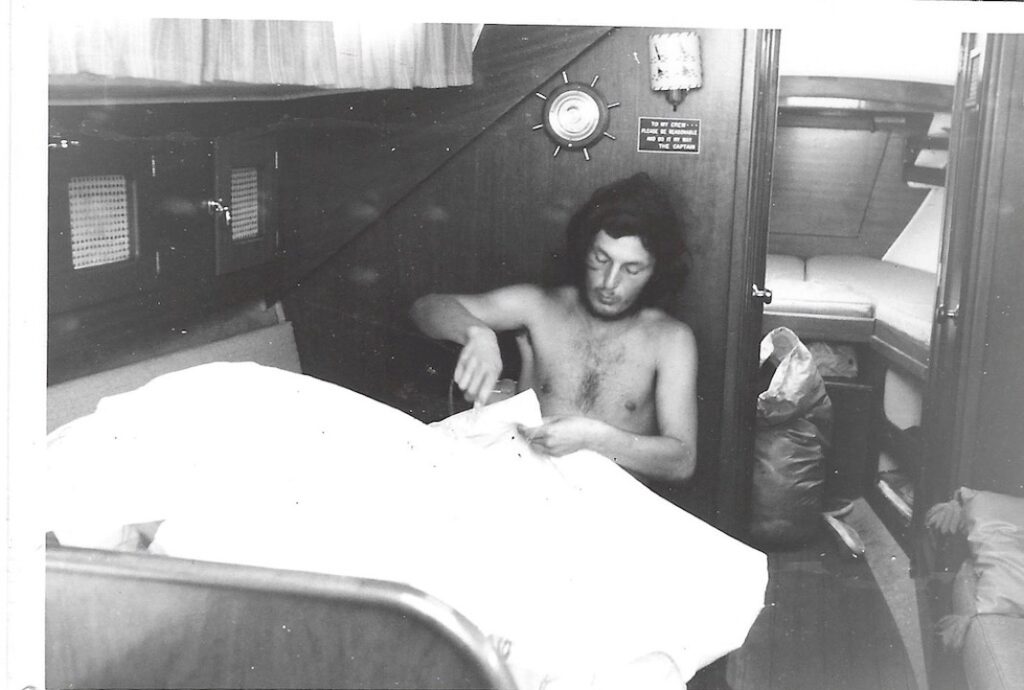
They sailed for between seven and 10 hours each day, stopping at ports along the way to observe the sights: Atlantic City, Annapolis, Washington, Norfolk, Charleston, St. Augustine and Coconut Grove. And there were detours into Upper Chesapeake Bay and Delaware Bay. “Our insurance policy on the boat stipulated that we couldn’t cross to the Bahamas until November 15, after hurricane season,” Albert said. “Day by day, we progressed southward.”
Star Song reached Miami on November 18. The mariners dealt with engine trouble at Coconut Grove. “The valves needed retooling,” Albert said. “Never having repaired an engine, we disassembled and reassembled it. We turned the ignition key and it started. It was the most amazing moment of my life.”
They arrived in Nassau on December 6. And for the next four months, Albert and Alvin lived simply, according to the rising and setting of the sun. “Our lives were unstructured. It was very elemental. We had a 12-volt battery for the lights in the boat’s cabin, and a two-burner stove, but no refrigeration,” Alvin said. That meant a simple diet of lentils, brown rice, pasta, soybeans and almost no meat. Occasionally, they dived for conch, a shellfish that required tenderizing before being sautéed.
“We based ourselves in Nassau, with its good harbour, availability of shops and services to satisfy our supply and replenishment needs, and its convenience for picking up or dropping off the regular traffic in friends and family who came to visit us,” Albert said. “We visited many of the islands that were within a few days’ sail of Nassau: Andros, the Berry Islands, Eleuthera, the Exuma Cays and the Abaco Cays.”
Albert recalls a visit from his parents who had flown from Montreal to Paradise Island at the end of December. “They were staying at a hotel and treated us to a meal in a restaurant,” he said. “We hadn’t eaten meat in so long that the meal didn’t sit well with us.”
Other family members and friends also flew to the Bahamas to spend their winter vacations with them. And Albert and Alvin befriended many other sailors and travellers, including a few eccentrics.
“Toward the middle of March, we decided it was time to go home,” Albert recalled. “We couldn’t sail up the Hudson because the canals were frozen, and Lord Reading would not have docks installed until May.” The trip home would take two months.
Amidst the serenity they enjoyed that winter, there were some hair-raising moments. Alvin recalled snorkeling in the Bahamian seawater when he suddenly noticed he was surrounded by a school of barracuda, a fish known to attack swimmers. “But they swam off, much to my relief,” he said.
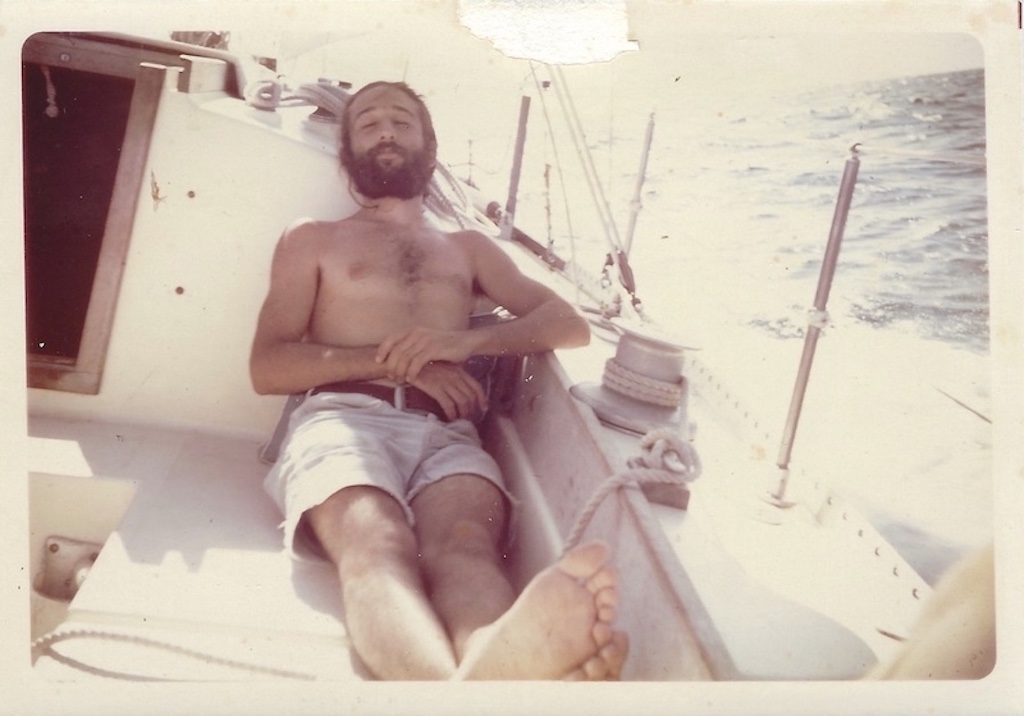
There were also incidents that tested their sailing abilities and strength of character. On one occasion, Star Song ran aground in the mouth of a river while the tide was receding. The boat began to list, but was ultimately freed as the incoming tide pushed it off the muddy shoal. Then, there was a scary moment as they left Charleston Harbour and were in a narrow channel while the tide pushed the boat toward a bridge that was closed for rush hour. “The engine wouldn’t start and we couldn’t tack back upwind,” Alvin said.
“As we entered the approach channel, there were underwater power cables that prevented us from using the anchor to stop ourselves,” Albert said. “There was no clearance under the bridge, and it would have taken off our mast if the bridge operator hadn’t heard our emergency horn and opened the bridge.”
And off the coast of Florida, they navigated through a violent nighttime thunderstorm as bolts of lightning struck the surface of the water all around Star Song. Filled with dark thoughts of their mortality, they nonetheless piloted the boat ably and were grateful when the saw the coastline in the morning light.
There were magical moments, too. “Sailing out of the harbour at Spanish Wells, I saw a dolphin swimming by the boat,” Alvin recalled. “Suddenly, there were four them crisscrossing in our bow wave and laughing. They seemed to have swum off when I saw one of them, pointing with its head toward the other dolphins before swimming away to join them.”
The voyage home was the reverse of the one they’d taken south: along the Atlantic coastline to New York, up the Hudson River, across Lake Champlain to the Richelieu River and then the St. Lawrence. Albert’s brother, Michael, and Alvin’s brother, Bob, met them in Saint-Jean-sur-Richelieu and helped them pilot Star Song back to Lord Reading, arriving on May 21, 1972.
There was surprisingly no friction between Alvin and Albert during the eight months they spent in close quarters. “We were good friends then and we still are,” says Alvin.
Both men were deeply transformed by the experience. “It put me in touch with nature and the sea and that was a healing process,” Alvin said. “I’d had ulcerative colitis since childhood and the trip was the boost of confidence that helped me to heal from it.”
Says Albert: “I got to live the dream I had had of being a sailor and living life on the sea. It enabled me to get on with going back to my engineering degree.”
Both had read Be Here Now by the spiritual teacher/guru Ram Dass, a ground-breaking 1971 book. For Alvin and Albert, the eight-month odyssey gave them an opportunity to “be here now,” to practice mindfulness, to live with the rhythms of nature. It was a powerful experience that has stayed with them for 50 years.
